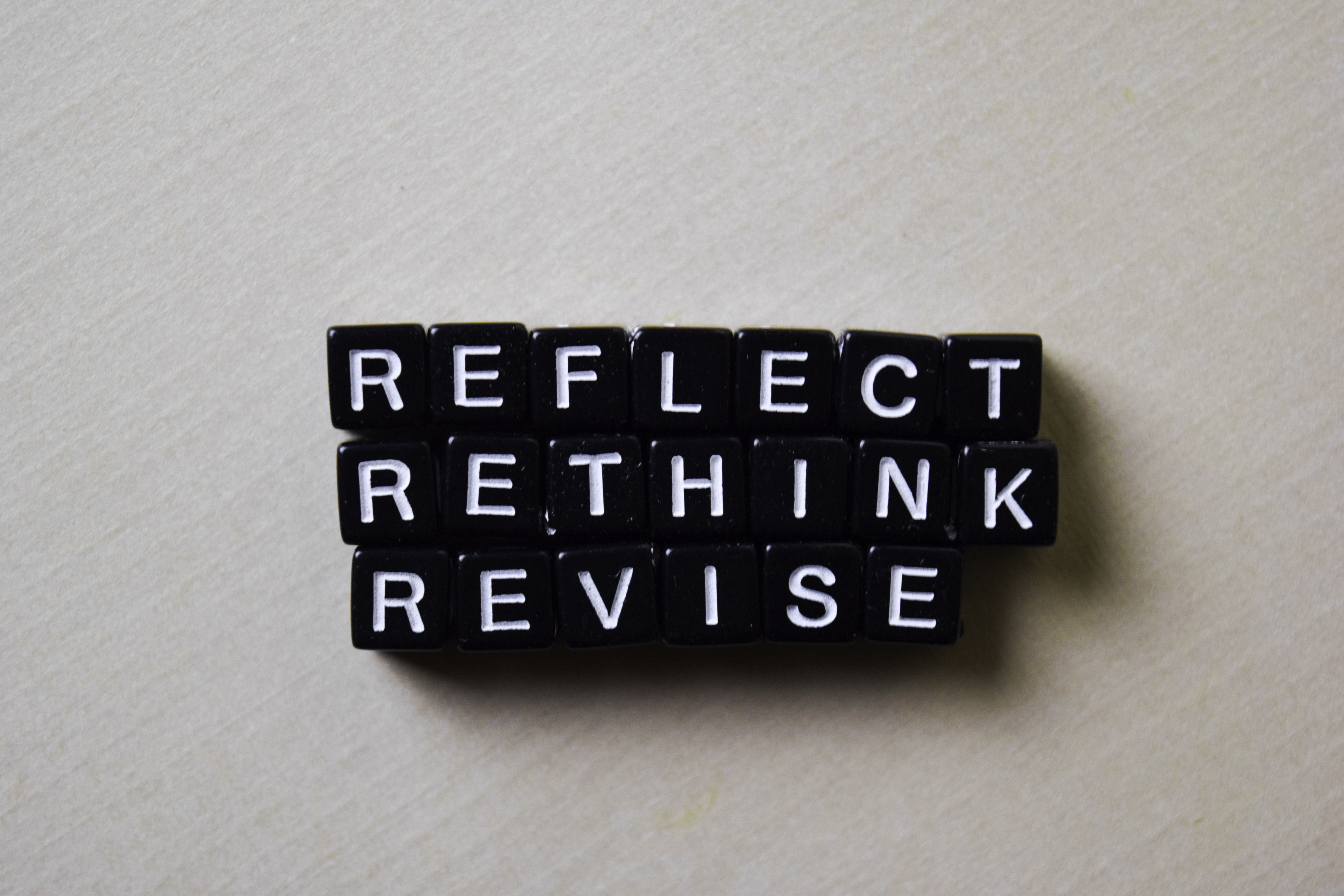Including student input and co-creating curriculum as a full community of learners is always an essential part of sound educational practice, and even more so now as we step into the unknown and challenging tasks of remote learning. Rather than classrooms that have been carefully laid out with differentiated learning, and contingencies, each student is in their own physical space with vastly different levels of support from families and friends with unique responsibilities to supervise younger siblings or continue working as essential workers. Each of us are first-year teachers, and below, we discuss some of the ways that we are trying to work with students to better understand how we can support them and their families during this crisis:
“Throughout this year, my students and I have been exploring social and environmental issues through the context of human body systems. On a typical day, our classroom is full of voices. Voices of my students sharing their wonderings that guide their learning, pursuing team research in their topics of choice, and creating unique, collaborative products that communicate their understandings.
On March 23rd, we transitioned to conducting meetings in an unknown cyber world. At first, we struggled. How could we transfer the collaboration and support that laid the foundation for student-led inquiry into the remote learning classroom?
So far, what has worked for us is creating more opportunities for choice and honoring their voice. In our class, this looks like offering students a menu of options that allows them to design their own learning path, providing flexibility, and asking for input on topics for our following unit. While I still have a lot of work to do in this arena, I have learned that inviting student feedback has strengthened the understanding that we are all trying our best to learn how to navigate this remote space together and has encouraged my students and me to engage in the work.”
- Momo Sullivan, The International High School for Health Sciences, CTE - Health
“In person, it can be straightforward to get student input and feedback: informal conversations, collecting journals, thumbs up/ thumbs down activities. Communication while sharing a physical space was easy to take for granted.
Including student input in remote learning requires greater intention and perseverance, but of course, students’ input can still be elicited. Asynchronously, I have been sending students frequent Google Forms surveys to gather opinions on future topics and activities, while also learning about how students experienced activities they completed. During class video conferences, I have used polls and set aside time to conduct a “mini-focus group” to gauge students’ opinions and gather their thoughts.
Making up for the constant stream of communication we can access in the classroom can be challenging, but taking the time to hear from students can allow the relationships from our classrooms to continue and grow remotely.”
- Nate Floro, New Utrecht High School, ENL and Arabic
“As a first-year special education co-teacher, this transition made me really stop and think about the ways I help my students and how I could try to translate that to our new online situation. What I came up with was more wonderings and questions than answers.
Responding to students’ social/emotional needs was based on their faces, the tone of voice they used, their body language. How could I respond to this when I can’t see them? If a particular point of the lesson gets confusing to them, how can I help or re-explain if I can’t see that they’re struggling?
Truth is at first, and even still, I felt there was so much I could *not* do. Over time, though, I’ve been working on what I *could* do. Scheduling Google Meets with students to check-in about final projects to hear each other’s voices, rather than typing it through an email. Breaking down longer “weekly packet” documents into more manageable day-by-day chunks. Focusing on what I can control, and doing my best with what I could not, really changed my view on teaching as a whole -- online or not.”
- Maya Alexander, Maxine Greene High School, Special Education (various subjects)
